The Paquita: from deliberate wreck to diver’s paradise

The story of Knysna’s most famous shipwreck
The Paquita was wrecked near the beacon on Knysna’s Eastern Head - probably deliberately - on the 18th of October, 1903.
A 460-ton barque (three-masted sailing vessel), it was built by Leslie & Co. of Newcastle (England), and was launched in 1862. It enjoyed a long career as a cargo vessel - mostly carrying timber between Goteborg and Guam - and was owned in its final years by C. Berg of Stralsund, Germany (which was also its port of registry).
The name ‘Paquita’ is the familiar form of the Spanish, ‘Francisca,’ which means, 'from France.'
As a sailing ship, the Paquita was one of the last of its kind: a steel-hulled vessel with no engines. Its mainmast (tallest mast) and foremast were square rigged - with square sails that hung from wooden yardarms - and its mizzenmast (rear mast) was fore-and-aft rigged, that is, it had a pair of sails that were attached to the mast, and which followed the centre line of the ship, and that, seen together, formed an almost triangular whole.
Last voyage of the Paquita
The Paquita sailed from Goole in Yorkshire in April 1903 with a load of coal destined for Thesen & Co. in Knysna, and with stated plans to sail under ballast from Knysna to Barbados in the Caribbean.
The ship arrived off Knysna in July, but conditions in The Heads were unfavourable for a vessel with no engine. Although the master of the ss Agnar (owned by the Thesen Steamship Company, Ltd.) offered to tow the Paquita into the Lagoon, Mr. Faske, the master of the Paquita, refused, preferring instead to sail off to Plettenberg Bay, where he waited at anchor for a more favourable opportunity.
The Paquita finally sailed into Knysna on the 19th of August, 1903 - but while it was here, most of its crew either deserted, or were paid off.
After unloading the cargo at the government wharf (now Thesen’s Jetty), Captain Faske moved the Paquita to the Brenton shore, where the remaining crew loaded its holds with beach sand - supposedly as ballast for the onward journey.
According to later reports, the anchor failed in strong winds on the night of the 6th of October, and the Paquita drifted across the channel and beached herself on Steenbok Island (now Leisure Island).
The local pilot and harbourmaster, John Benn, wasn’t convinced, though, and, suspecting the anchor might have been tampered with, ordered the crew to jettison the ballast to ensure that the (undamaged) vessel would refloat on the next spring tide - which it did.
Wreck of the Paquita
On the night of the 18th of October, a strong north-westerly gale caused the Paquita to drag her anchor, and although the crew dropped a second anchor, they hadn’t enough space between the ship and the shore to pay out sufficient cable, which effectively rendered this second anchor useless.
The Paquita ran onto the rocks at Fountain Point (in front of the White Beacon) sometime between about 3:00 and 4:00 a.m., and immediately began to take on water.
The four men on board launched one of the boats, and rowed safely to shore.
The ship sank partially and relatively quickly, and would lie half-submerged for another eighteen months before its hull was finally destroyed by explosives.
Salvaging the Paquita
The wreck of the Paquita was auctioned off on the 20th of October for slightly more than £62, with one local gentleman paying £30 for the hull - although, in the end, he managed only to salvage the ship’s ropes!
For the rest, John Benn claimed one of the yard arms - which drifted ashore - and used it to repair his jetty at The Heads, while his son, Donald Benn (assistant pilot from 1888 to 1912), retrieved one of the topmasts, which he erected as a flagstaff.
When a diver was sent down to lay explosives to blow up and finally sink the hull - which posed a danger to shipping - he found the anchor arranged in such a way as to suggest the ship hadn’t arrived on the rocks by accident. (In fact, John Benn’s son, Jack Benn, would later be quoted as saying the wreck was actually “fastened to the rock.”)
No insurance for the Paquita
Given John Benn’s suspicions, the small size of the crew, and the conditions under which the ship landed on the rocks at Fountain Point - it seems there was never any doubt: the insurance claim was rejected, and the owners of the Paquita weren’t able to finance the purchase of a faster, more economically viable steam-powered replacement with any money they might have received had the wreck been genuine.
Diving the Paquita
After the explosion, the hull of the Paquita sank to the lagoon floor, where it now lies in pieces strewn over a shelf and channel between three and sixteen metres below mean sea level.
Over the years, the wreck has become a regular dive spot, and also a popular snorkelling destination.
Please take the following into consideration should you wish to visit:
- Strong currents (which can reach a velocity of up to 14 km/h) render the Knysna Heads potentially dangerous for swimming, scuba, snorkelling, and boating.
- To avoid being caught in the currents, local divers suggest you dive only between 30 minutes before, and 20 minutes after high tide (preferably on an incoming tide).
- Please check local tide tables for daily schedules, or visit sites like tideschart.com or tide-forecast.com.
- The water is generally cleaner on the high tide.
- Regular divers suggest that "the most common entry point is from the beach next to the NSRI building, swimming towards the White Beacon, and then around the corner to get to the wreck."
- The Paquita - like all shipwrecks on the South African Coast - is an archaeological site protected under the National Heritage Resources Act and its regulations. (This Act replaced the National Monuments Act in 1999.)
- Since the wreck is now a Maritime and Underwater Cultural Heritage (MUCH) site, you may not disturb or damage the remains of the ship in any way.
- In terms of the Marine Living Resources Act and its regulations, no one is allowed to fish off the rocks, or spearfish in the vicinity of the Paquita - which lies within the limits of the Garden Route National Park, and the Knysna Lagoon.
According to greatestdivesites.com, the Paquita’s “iron plates are brilliantly lit with corals and its anchors are still visible. You will find ... nudibranchs, black tails, two tone finger fin and steen bras. As she sits in the mouth of a large lagoon it is particularly important to time your dive. Ask local shops as they know the tide tables and can often help you by telling what time is best.”
- Further reading


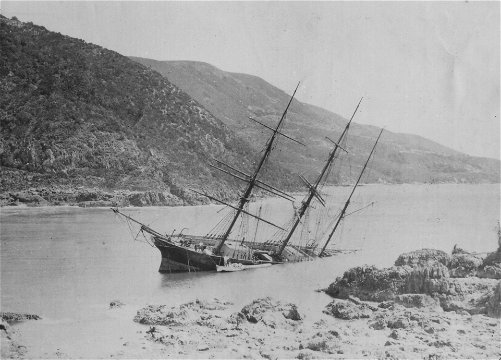

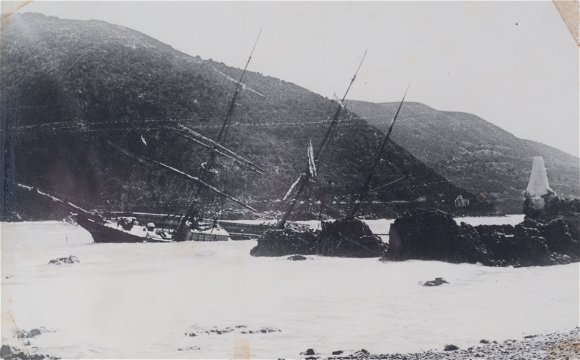
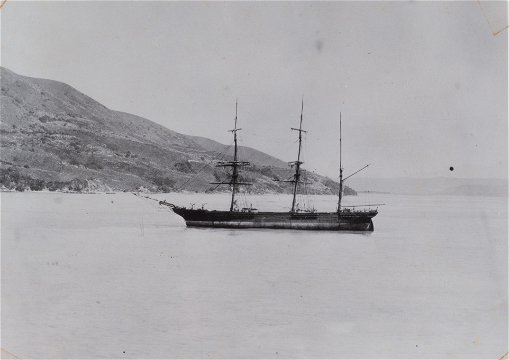
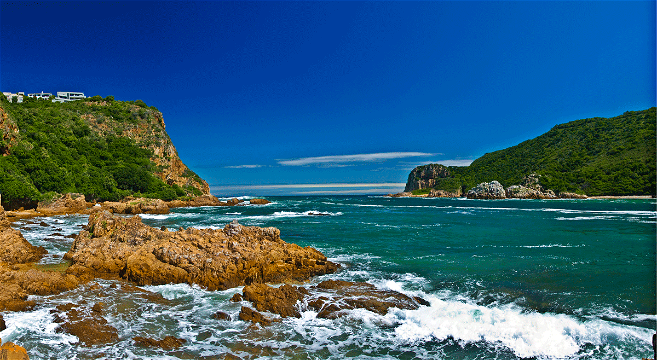
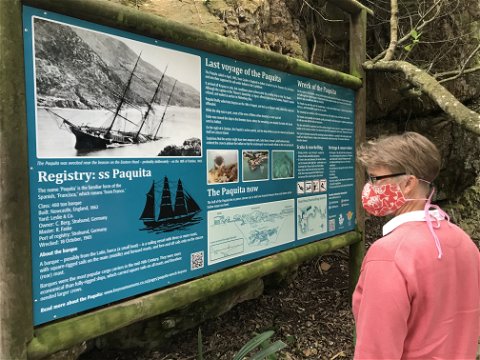

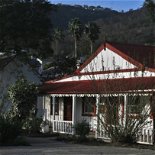


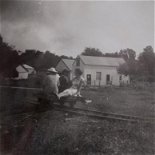


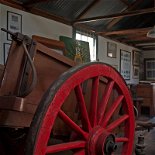
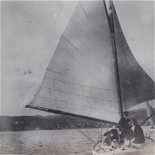


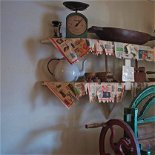
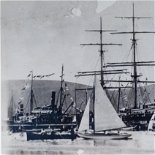

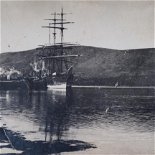


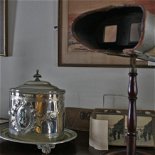
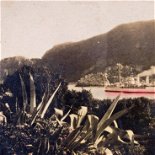
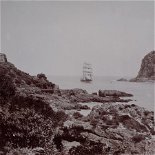
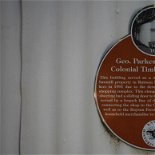
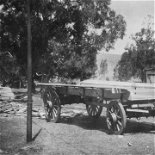
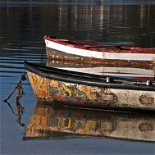

Share This Page